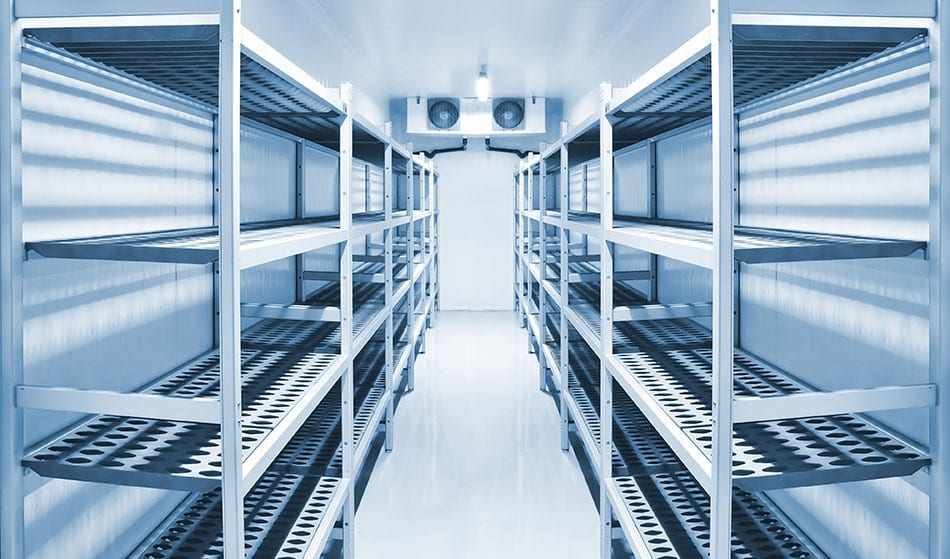
The global Cold Storage Market size is predicted to reach USD 346.07 billion by 2030 with a CAGR of 13.8% from 2025-2030. The cold storage market, a critical component of the global supply chain, is experiencing a transformative phase driven by technological advancements, rising consumer demand for perishable goods, and a focus on sustainability. As industries like food and pharmaceuticals expand, the need for temperature-controlled logistics has surged, prompting significant investments in automation, energy efficiency, and infrastructure modernization. Recent developments highlight how automation is revolutionizing cold storage facilities, addressing challenges like labor shortages and energy costs while unlocking new opportunities. This article explores the latest trends, innovations, and challenges shaping the cold storage market.
Download FREE Sample: https://www.nextmsc.com/cold-storage-market-cm3208/request-sample
The Surge in Demand for Cold Storage
The cold storage market is booming, fueled by increasing consumer preferences for fresh, organic, and ready-to-eat foods, alongside growing pharmaceutical needs. The rise of e-commerce, particularly online grocery shopping, has amplified the demand for refrigerated warehouses to support last-mile delivery. For instance, regions like Texas, Georgia, and Florida are emerging as cold storage hubs due to population growth, tourism, and import-export logistics. Texas, in particular, leads with significant storage capacity, bolstered by e-grocery expansion and urban development.
This demand is not limited to the U.S. The Asia-Pacific region is seeing rapid growth, driven by government initiatives to enhance food security and reduce post-harvest losses. Countries like China and Southeast Asian nations are investing heavily in cold chain infrastructure to meet the needs of their growing urban populations, which are increasingly consuming perishable goods like dairy, fruits, and meat.
Automation Revolutionizing Operations
Automation is at the heart of the cold storage market’s transformation. Autonomous robots, capable of operating at sub-zero temperatures, are doubling warehouse density and halving retrieval times. These robots, which stock pallets with precision, are addressing labor shortages and improving efficiency in cold storage facilities. A recent post on X highlighted robots operating at -1°C with 2 cm accuracy, underscoring the precision and reliability of these systems.
Automated storage and retrieval systems (ASRS) are also gaining traction. These systems use advanced software and robotics to streamline inventory management, reducing human intervention and minimizing errors. Companies like Lineage Logistics are integrating ASRS into their facilities, enhancing throughput and optimizing space utilization in high-cost refrigerated environments.
Energy Efficiency and Sustainability
Sustainability is a growing focus in the cold storage market, as energy-intensive facilities face pressure to reduce their environmental footprint. Innovations like geothermal cold storage, which uses subsurface loops to store winter chill for summer cooling, are reducing chiller loads by significant margins in public buildings. Additionally, solar-powered cold storage systems are gaining popularity, particularly in regions like Asia and Africa, where photovoltaic module costs are declining, and regulatory incentives are promoting sustainable infrastructure.
A notable example is the partnership between Roam Electric and Keep It Cool, which launched Africa’s first electric cold chain delivery network. By combining solar-powered refrigeration with electric delivery motorcycles, this initiative addresses both energy efficiency and last-mile logistics challenges in emerging markets. These developments align with global efforts to achieve carbon neutrality, particularly in Europe, where regulatory frameworks are driving investments in green cold storage solutions.
Strategic Acquisitions and Expansions
The cold storage market is witnessing significant consolidation and expansion. Lineage Inc., a leading player, recently expanded its Canadian footprint by acquiring three facilities near Montreal, adding millions of cubic feet to its network. This move strengthens Lineage’s position in North America’s food supply chain, addressing complex logistics challenges. Other companies, such as Americold Logistics and NewCold Advanced Cold Logistics, are also expanding through acquisitions and new facility developments to meet growing demand.
In Europe, approximately 40% of cold storage capacity is managed by independent operators, indicating significant potential for consolidation. Southern, Central, and Eastern Europe are particularly ripe for mergers and acquisitions, as smaller players seek to scale operations to compete with global giants. This trend is driven by the need for modernized facilities that can support advanced automation and meet stringent safety and environmental regulations.
Inquire Before Buying: https://www.nextmsc.com/cold-storage-market-cm3208/inquire-before-buying
Regional Growth and Infrastructure Development
The Asia-Pacific region is poised to lead global cold storage growth, with Southeast Asia and China at the forefront. Government initiatives to reduce post-harvest losses and improve food security are spurring investments in cold chain infrastructure. For example, a new cold storage facility in Central California is providing tree nut and fruit farmers with market flexibility by allowing them to store crops closer to production sites, reducing transportation costs and spoilage.
In South Africa, the logistics market, including cold storage, is expanding due to infrastructure development and e-commerce growth. Companies are investing in temperature-controlled logistics to support the region’s growing demand for perishable goods. Similarly, Europe’s cold storage sector is evolving, with Eastern Europe and Iberia experiencing faster growth than established markets like Germany and Austria due to rising consumption of frozen foods and outsourcing trends.
Challenges in the Cold Storage Market
Despite its growth, the cold storage market faces several challenges. The capital-intensive nature of building and upgrading facilities poses financial risks, particularly in a high-interest-rate environment. Developers face higher borrowing costs, which can delay projects or increase rents, impacting affordability for tenants. Additionally, much of the existing cold storage capacity is outdated, with facilities over 40 years old and not designed for modern technology or safety standards.
The digital divide is another hurdle, particularly in emerging markets like Latin America and Africa, where limited access to advanced technology and reliable power grids hampers the adoption of automated and sustainable systems. Supply chain constraints, such as potential shortages of critical materials like copper for refrigeration systems, could also limit scalability.
Opportunities for Innovation
The cold storage market presents significant opportunities for innovation. The integration of IoT and cold chain monitoring systems is improving transparency and efficiency, allowing real-time tracking of temperature and inventory. Companies like VersaCold Logistics and Agro Merchants Group are leveraging these technologies to optimize operations and meet regulatory requirements.
The rise of insulated packaging is another opportunity, particularly for the pharmaceutical and food sectors. These solutions are critical for transporting biologics, vaccines, and perishable goods, driving growth in the insulated packaging market. Additionally, the development of taller, smarter, and more sustainable facilities is addressing the need for efficient last-mile delivery, particularly in urban areas.
Conclusion
The cold storage market is undergoing a profound transformation, driven by automation, sustainability, and strategic expansions. Innovations like autonomous robots, geothermal cooling, and solar-powered systems are addressing operational and environmental challenges, while acquisitions and regional growth are expanding capacity to meet rising demand. However, financial pressures, outdated infrastructure, and regional disparities pose significant hurdles. As consumer demand for perishable goods and pharmaceuticals continues to grow, the question remains: can automation and sustainability keep pace with the market’s rapid expansion? With continued investment and innovation, the cold storage market is well-positioned to meet these challenges and redefine global supply chains.


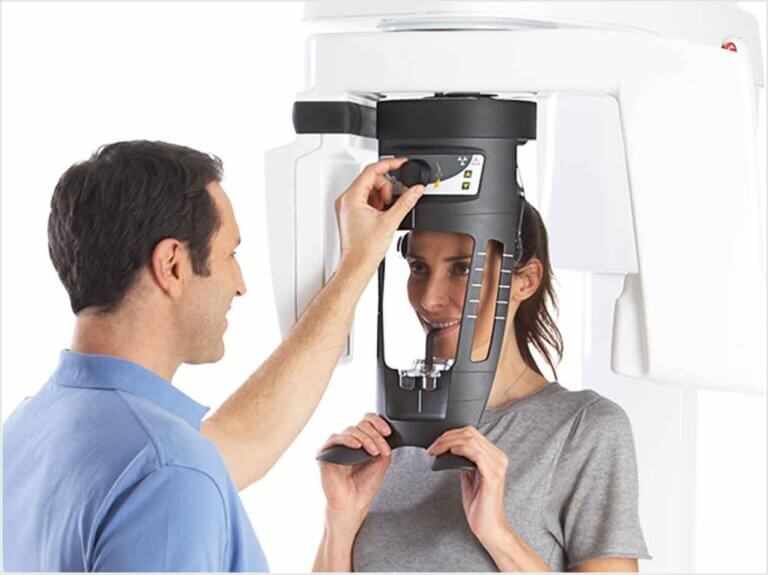


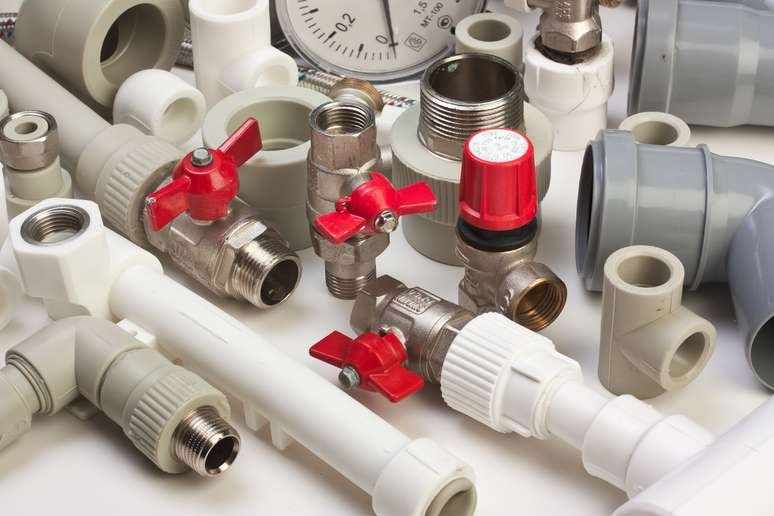





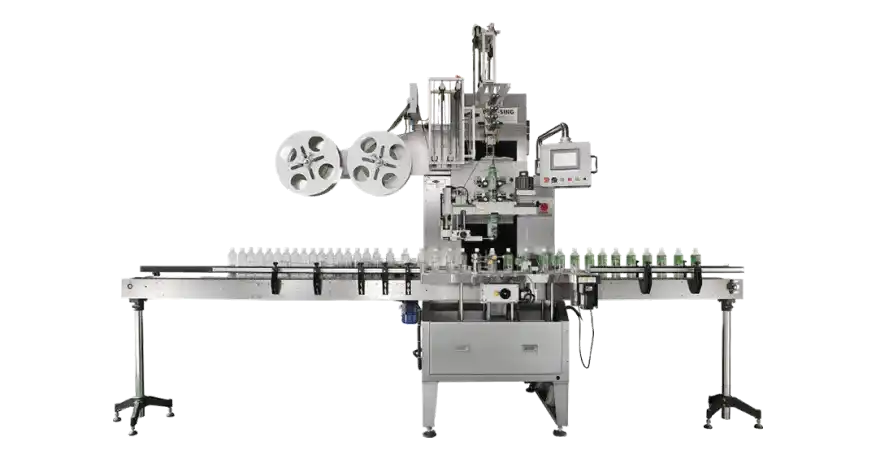
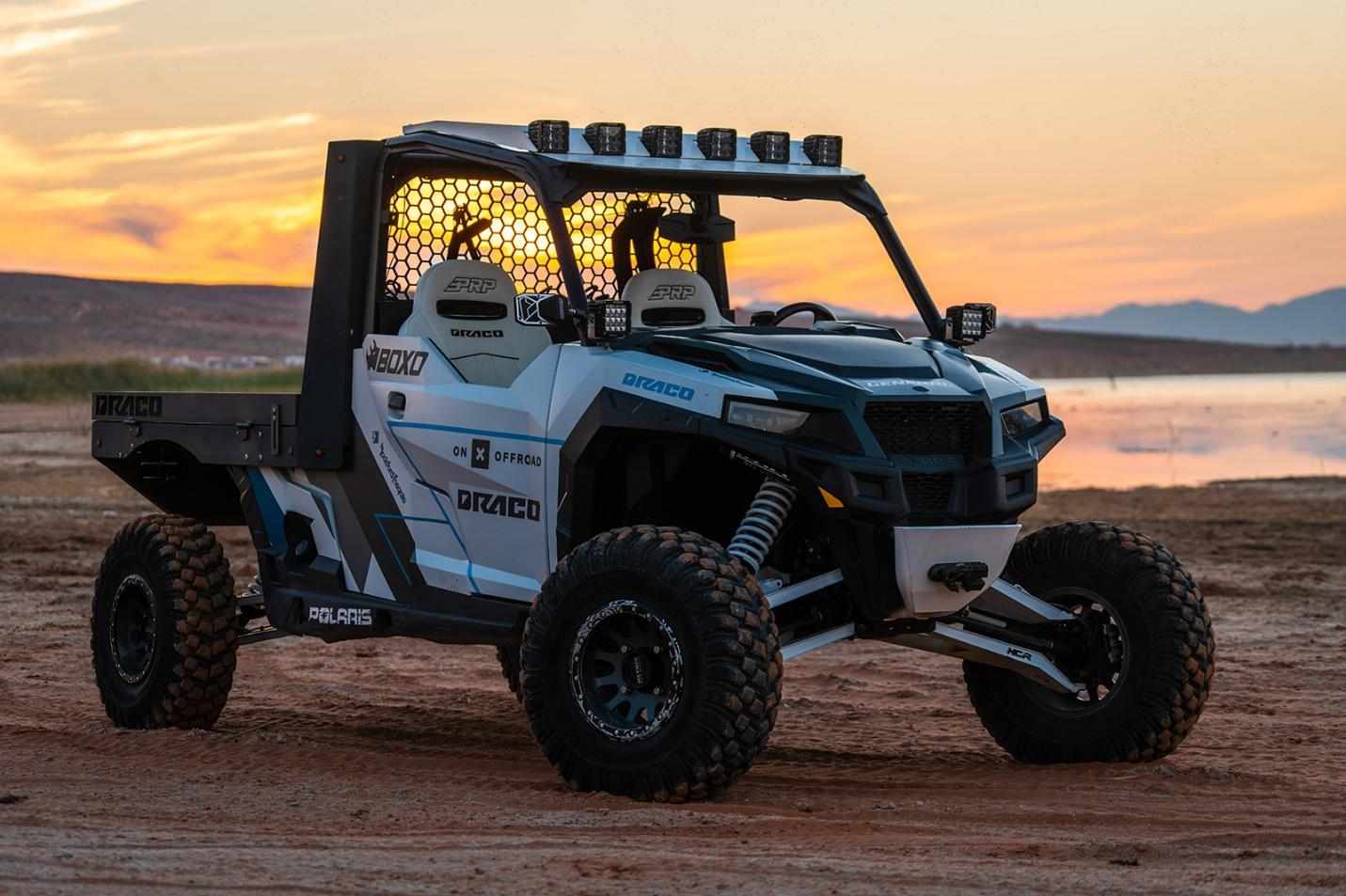
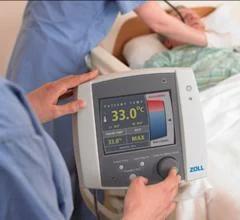

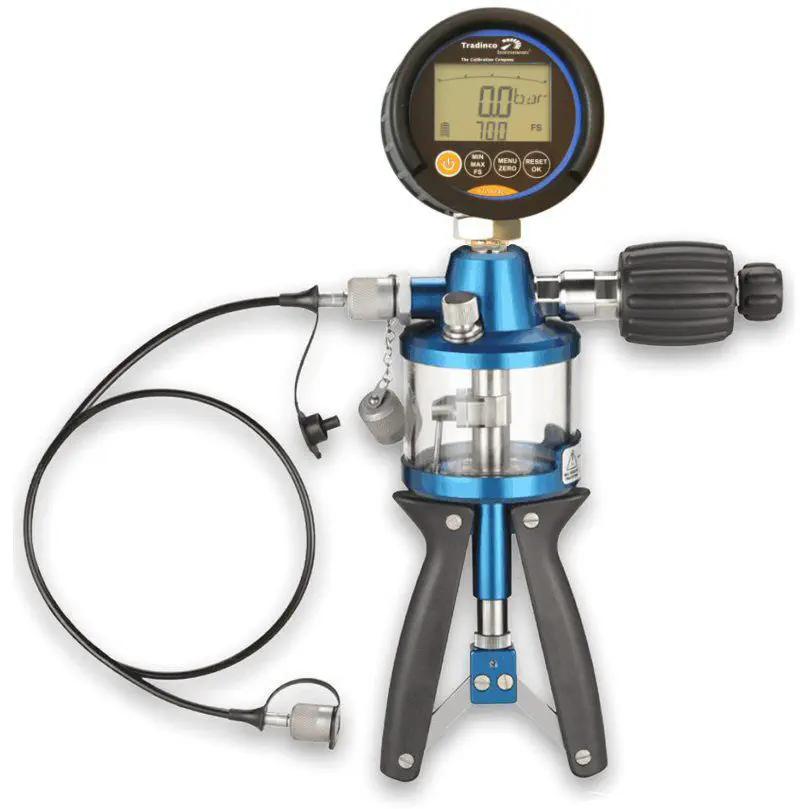

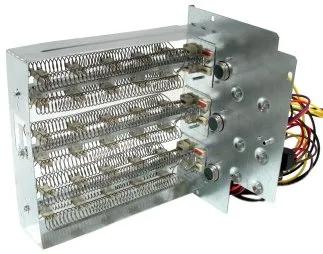
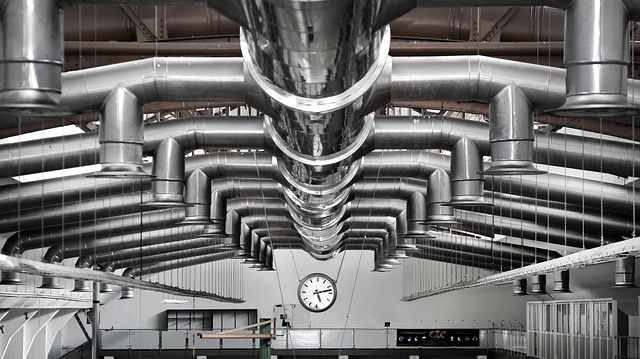

Write a comment ...